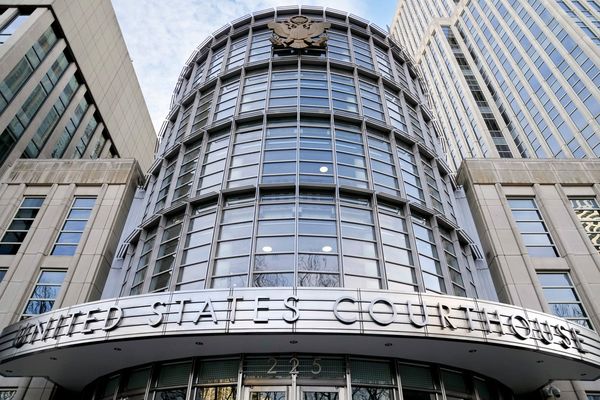
For nearly a century, the University of Michigan library kept what was understood to be a manuscript written by the astronomer Galileo Galilei. But now, after an internal investigation, the school believes that document was a fake.
The university announced on Tuesday that the so-called “Galileo manuscript” – a one-page document that includes a letter accompanying the astronomer’s presentation of his telescope and his supposed notes observing Jupiter’s moons through his telescope in 1610 – was crafted by Tobia Nicotra, a well-known forger from Italy who was fined and sentenced to two years in jail for crafting fake Galileo documents in 1934. He also infamously produced fake autographs of Christopher Columbus and Mozart.
The possibility came to light in May when the Georgia State University professor Nick Wilding expressed “serious doubts about its authenticity”. Wilding found while researching Nicotra – who had a “forgery factory” in his Milan apartment – that the counterfeiter had “reportedly started selling fake letters and musical manuscripts to support seven mistresses”, the New York Times reported.
“After our own experts studied his most compelling evidence – about the paper and provenance – and re-examined the manuscript, we agreed with his conclusion,” the university concluded.
The university said the auction firm American Art Anderson Galleries sold the library of Roderick Terry, a wealthy collector, in May 1934, which contained the manuscript. It had been authenticated by Cardinal Pietro Maffi, who “compared this leaf with a Galileo autograph letter in his collection”, the university noted. Then a prominent Detroit businessman and philanthropist Tracy McGregor obtained the letter and his trustees gave it to the university after his death in 1938.
More than 80 years later, Wilding alerted university curator Pablo Alvarez about the manuscript’s watermark and provenance. The watermark on the paper featured the letters “BMO” for Bergamo, where the paper was supposedly produced. But the university found that “no other BMO watermarked papers” had been dated before 1770, roughly 160 years after the notes featured in the supposed Galileo manuscript.
“Further, another forgery held in the Morgan Library and Museum in New York City has similar paper that has been securely dated to 1790,” the university found.
What’s more, the university said it found “no trace of the document before 1930”. A letter from Maffi, archbishop of Pisa, that initially accompanied the document at the 1934 auction compared the Galileo manuscript with two other documents from Galileo in Pisa. Those documents were later found to be forged by Nicotra.
Authentic versions of the letter and notes are held in Italy.







